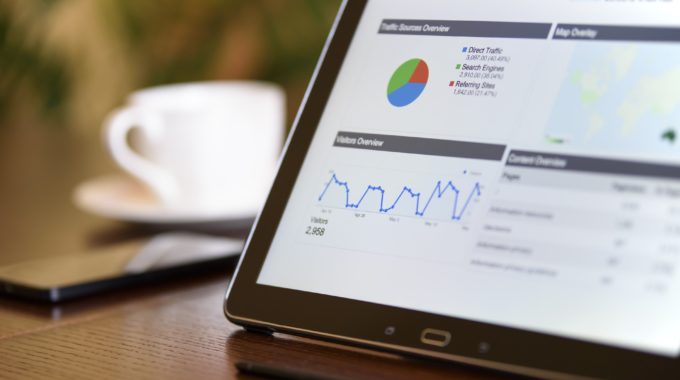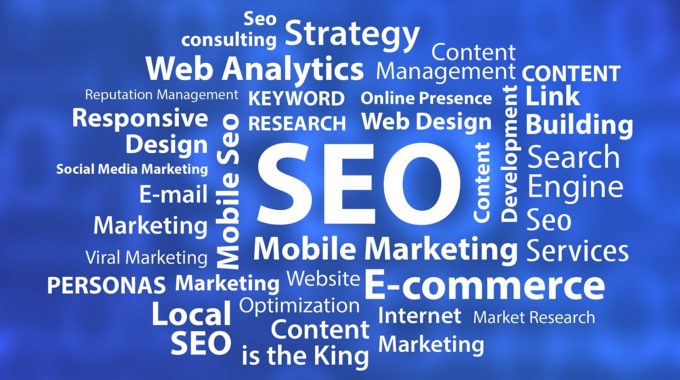Here are a few questions that will help you develop a plan that will differentiate your business. The key here is honesty and research. Take the time to educate yourself about your target market and be honest about the unique value you can bring to the field. 1. Who are your customers? Consider their expectations…
Design Differences Between B2C and B2B Ecommerce Sites To design a high-performing website, you need to understand your target audience and the best way to reach it. Both Business-to-Business (B2B) and Business-to-Consumer (B2C) ecommerce websites have the same agenda — make a sale. But the means toward that goal are somewhat different. For B2C companies, brand awareness…
The trends identified here all point to three main objectives: Reducing friction in the buying (and selling) journey Creating rich brand experiences Selling anywhere and everywhere In other words, the future of ecommerce will be driven by increasing convenience for both merchants and their shoppers, providing rich, compelling shopping experiences, and enabling experiences across channels…
What is an Ecommerce Niche? An ecommerce niche is a distinct segment within any given market and often an area that is overlooked by other businesses. Examples of niches include handmade items, pet food or pet owners, trendy t-shirts, eco-friendly products, beauty products, gadgets, or other trending products. By narrowing down how you look at…
Questions to consider? Before you think about conducting an inventory audit, you need to have a clear understanding of what it is, especially since it’s one of the most integral parts of inventory management. An inventory audit is defined as the process of assessing the stock maintained in your company’s books and comparing it against your…
There’s no better way to understand your customers than reading into their interactions with your brand. The data helps to segment your customers and create highly targeted campaigns. The best way to collect customer activity data is by using analytics tools and chatbots. Businesses use these tools to analyze customer interactions on their website, social media platforms,…
The best content ever written means absolutely nothing if it’s never seen. SEO-tools are designed to ensure your hard work gets seen your target audience in the most efficient manner possible. Each of the tools we looked at occupies a different niche and could be right for you depending on what you need in an…
Market segmentation is the art of finding niche markets for your products by building profiles of potential customers and breaking them down into groups. Segmenting customers with similar needs and wants into groups makes it easier to target them directly. Whether you’re a small business or a Fortune 500 company, knowing who your customers are…
With Ecommerce Platforms, users can showcase their products and attract more sales. Small businesses should consider the ease of use and price of each platform. Although the products mentioned in this piece share the same purpose, they work best in different circumstances. This piece will give you an overview of the popular eCommerce platforms for…
Inbound Marketing vs. Outbound Marketing Inbound marketing involves methods that help build awareness, develop relationships and generate leads. It helps you create quality content to attract people who are already looking for the types of services you offer, checking out your competitors, researching your industry and trying to determine whether or not they need your services.…










